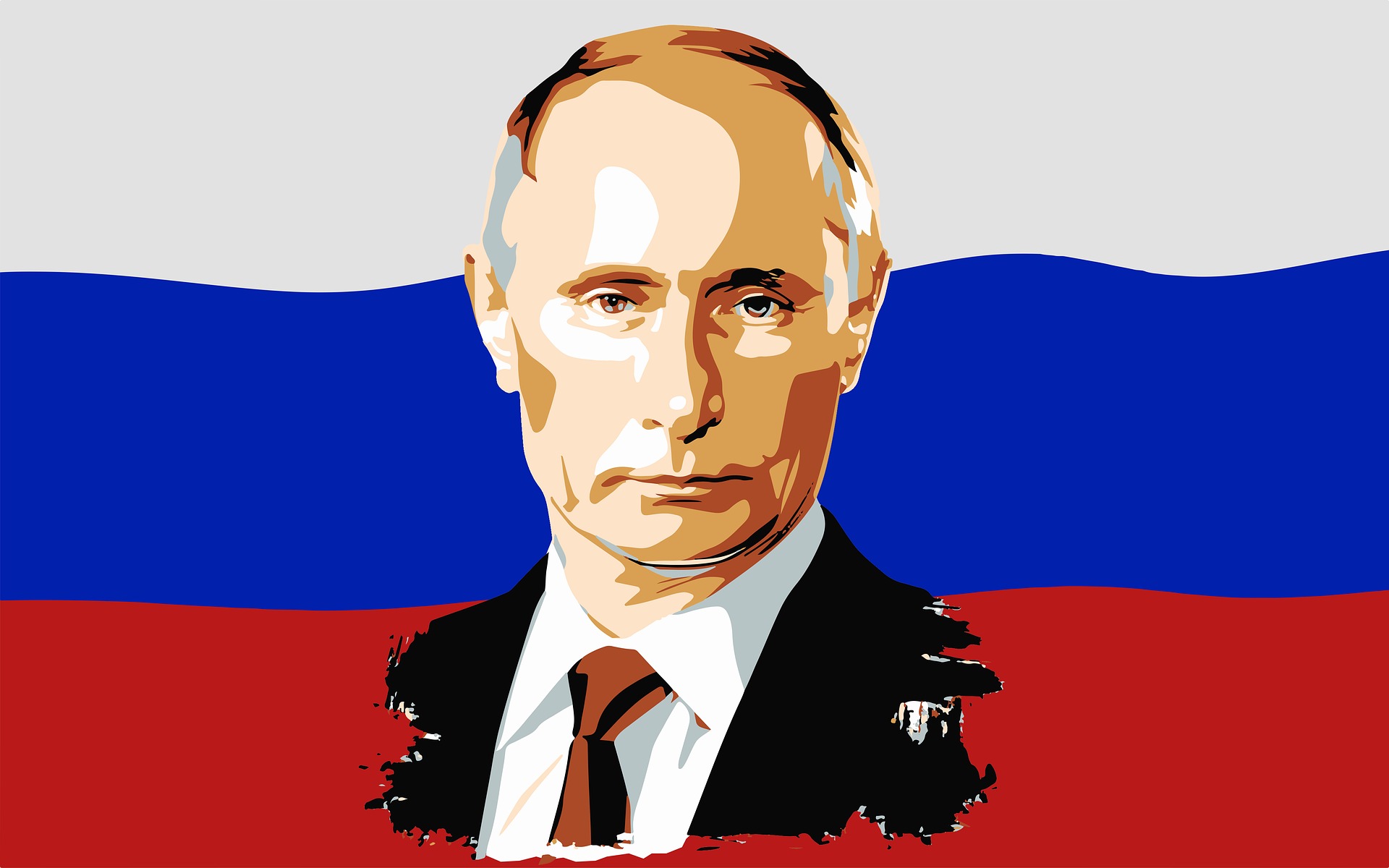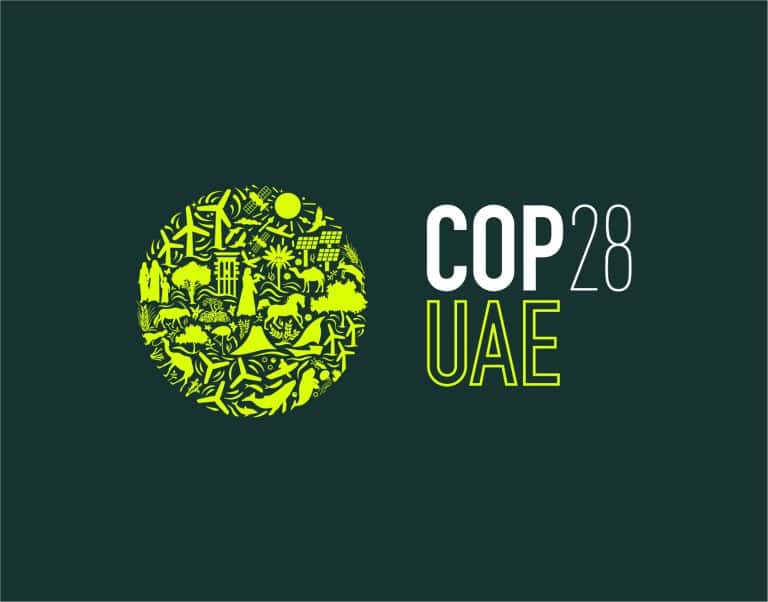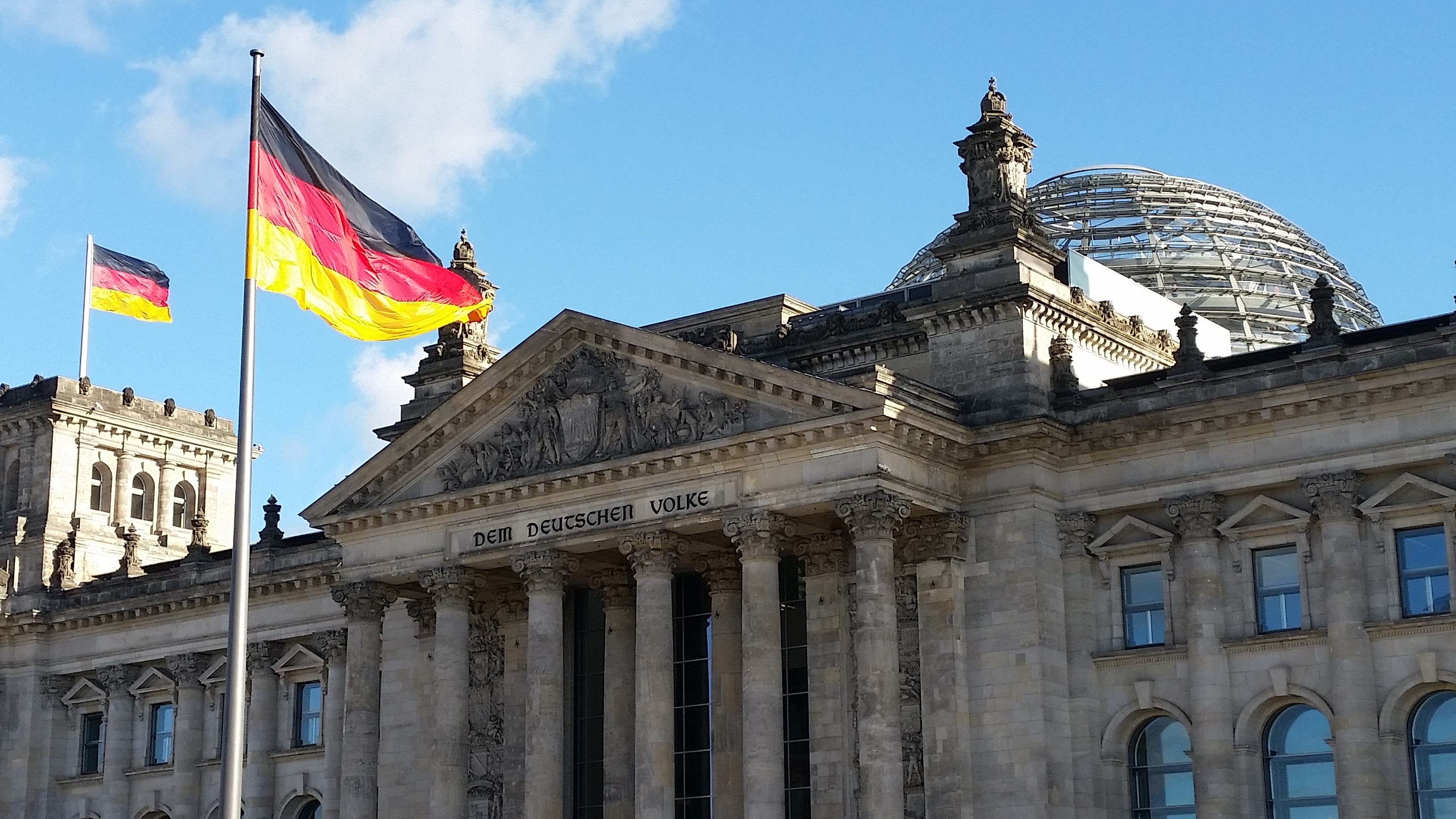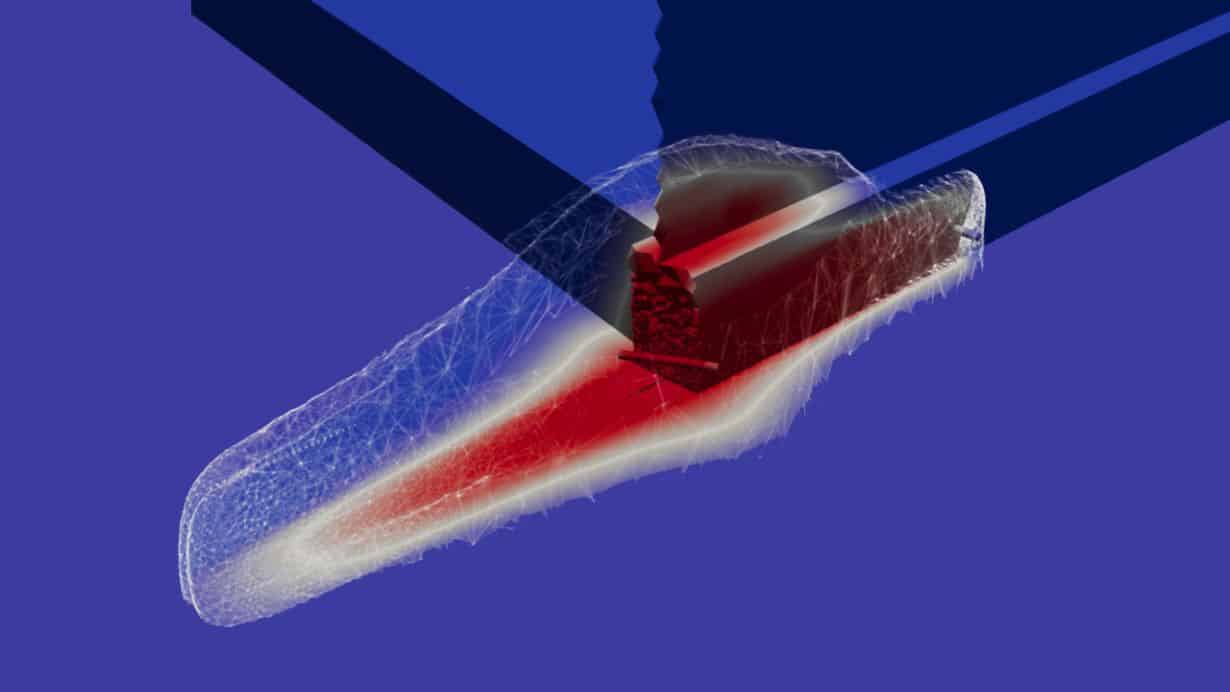
German Minister of Economic Affairs Robert Habeck assumes that Germany will need until at least the summer of 2024 to gain independence from Russian natural gas. According to the German Institute for Economic Research (DIW), it can also already be achieved with immediate effect, including for the upcoming winter.
This is what the DIW writes in its report published Friday ‘Energieversorgung in Deutschland auch ohne Erdgas aus Russland gesichert‘ (Energy supply in Germany can also be secured without natural gas from Russia).
The basic premise is that Germany has so far been dependent on Russia for about 55 percent of its natural gas supplies. To bring that percentage down to zero percent is a huge challenge, but not an impossibility, according to the DIW energy experts in the report. More efficient use of Europe’s gas infrastructure is needed as well as a reduction in gas consumption of between 19 and 26 percent.
“If the opportunities for lower energy consumption are made optimal use of, and at the same time, as much gas as technically possible is supplied from other countries, then the German gas supply in this current year and the winter of 2022/23 is guaranteed even without imports from Russia,” according to the DIW.
Extent of the problem
Exactly how daunting this challenge is, is illustrated by the figures. Germany consumed 868 terawatt-hours (TWh) of natural gas in the 2020 corona year, according to Eurostat. That is equivalent to 86.8 billion cubic meters (m³), of which 29 percent went to industry, and 29 percent to domestic households. The energy sector accounts for 28 percent and smaller consumers for around 13 percent.
Almost all of that natural gas is imported. Germany produces only five percent of its own gas consumption. Imports from Russia amount to around fifty billion m³. That Russian gas flows through three pipelines: One through the Baltic Sea (Nord Stream 1), the other is the so-called ‘brotherhood pipeline‘ through Ukraine, the Czech Republic and Slovakia, and one through Belarus and Poland (Yamal).
After Russia, Norway is the most important supplier covering about 37 percent of German imports. The Netherlands was once at least as important, but that supply has fallen off since the earthquakes in Groningen.

Liquefied gas
What makes disconnecting from Russia especially difficult is that Germany itself has no ports for liquefied gas (LNG). All LNG right now (building an LNG terminal takes years) has to be imported from the Netherlands (Rotterdam), Belgium (Zeebrugge), France (Dunkirk) and Poland (Świnoujście).
According to the DIW, it is technically possible to increase gas imports (including LNG) from the rest of Europe by 37 billion m³ through the existing pipelines this year already. But that is not really realistic. DIW has therefore drawn up three scenarios:
- The baseline scenario where everything stays the same
- A realistic increase in the supply of natural gas plus LNG from Europe (excluding Russia)
- A maximum increase in the supply of natural gas plus LNG from Europe (excluding Russia)
The realistic scenario also takes into account the fact that other EU countries themselves need extra gas to be able to break free from Russia. Nevertheless, even in this case an additional import of 19 billion m³ is possible, of which 14 billion m³ would be during the months of April to December (after all, part of the year has already passed).
A chart showing the different scenarios is shown below:

Norway and the Netherlands
Most of the additional imports must come from Norway. The DIW is assuming that the Norwegians will continue to supply at maximum capacity for the year ahead. What should be borne in mind is that a small part of the Norwegian gas is destined for Poland because they will also need more non-Russian gas.
As for Groningen, the DIW is counting on the 2021 level remaining about the same (maximum of almost two billion m³ per month). This would mean that part of the planned reduction in gas production in Groningen would need to be postponed.
In the case of LNG ports, it is theoretically possible that the various terminals could keep half of their capacity free for Germany. But this is not realistic. For Rotterdam in particular, it will be difficult to substantially increase exports to Germany. This is because Rotterdam itself gets a considerable part of its LNG from Russia, so that needs to be replaced first.
Other countries in Southern and Central Europe could also play a role, but that is something for a later date because at present, gas there still flows from east (Russia) to west. This flow first needs to be reversed. Only then could gas from North Africa and the Middle East potentially come to Germany via Italy, Croatia and Turkey.
Lower consumption
In order to free ourselves from Russian gas, it is absolutely essential that consumption drops. This is in part happening automatically. After all, higher prices lead to lower demand. But that is only part of the solution. More needs to be done. Again, the DIW has come up with both realistic and optimistic hypotheses.
In the baseline scenario, the DIW is assuming a 9 percent conservation compared to 2020 (when natural gas was ridiculously cheap). That would amount to the same demand for natural gas as in 2015 (when prices were a lot higher). In this scenario, it is mainly electricity production that plays a role. Gas will be partly replaced by coal, which is obviously bad for the climate, and therefore should not be allowed to last too long as an alternative.
In the middle scenario, savings of 18 percent are assumed. In that case, gas is no longer used at all for electricity generation. In addition, a sacrifice of 15 percent is required from both industry and domestic households.
In the case of domestic households, this can involve turning down the thermostat, installing heat pumps sooner, stepping up insulation and taking hot showers for a shorter period of time. Companies can switch to other forms of energy, such as biomass, coal or green energy. Plus, they can scrutinize their business processes.
In the optimistic scenario, much more could be achieved in the industry. DIW refers to a study by the semi-governmental organization Agora Energiewende, which reveals the potential of 33 percent. The greatest potential savings are possible in the food and chemical industries, as this is where switching to other forms of energy is easiest.
Here is an overview of the various scenarios for the demand side of things:

Actual practice
What will the next few months look like if Germany does get rid of Russian gas? It will not matter if it does so on principle, or because Russia itself decides to turn the tap off.
Assuming a realistic scenario in terms of additional gas imports from Europe and the middle scenario in terms of consumption, Germany will still not be there. According to the DIW, there is still a gap of about ten percent that needs to be closed one way or another. Importing even more is unrealistic. So, that is out of the question. Producing more energy ourselves is also not feasible in the short term. Consequently, Germany has no choice but to close that last gap by cutting back on energy consumption. That will hurt, but it is not impossible.
This will not pose a problem in the next few months because Germany still has substantial reserves. But they are by no means full. The maximum storage capacity is 24.5 billion m³. The goal of the government in Berlin is to fill the reserves up to ninety percent by November. That alone means an additional import requirement of 16 billion m³. Therefore, that would be gas that cannot be used up.









